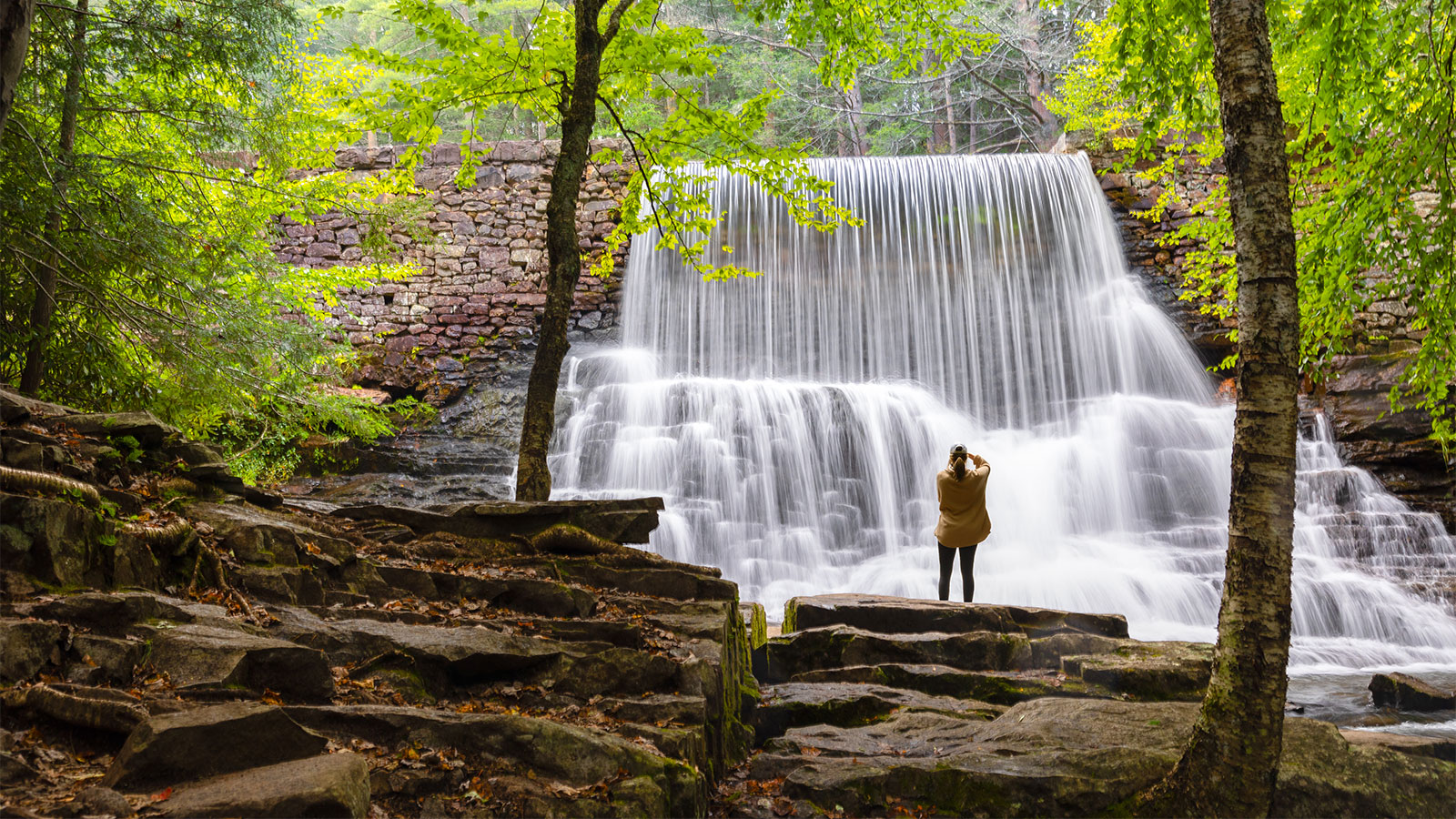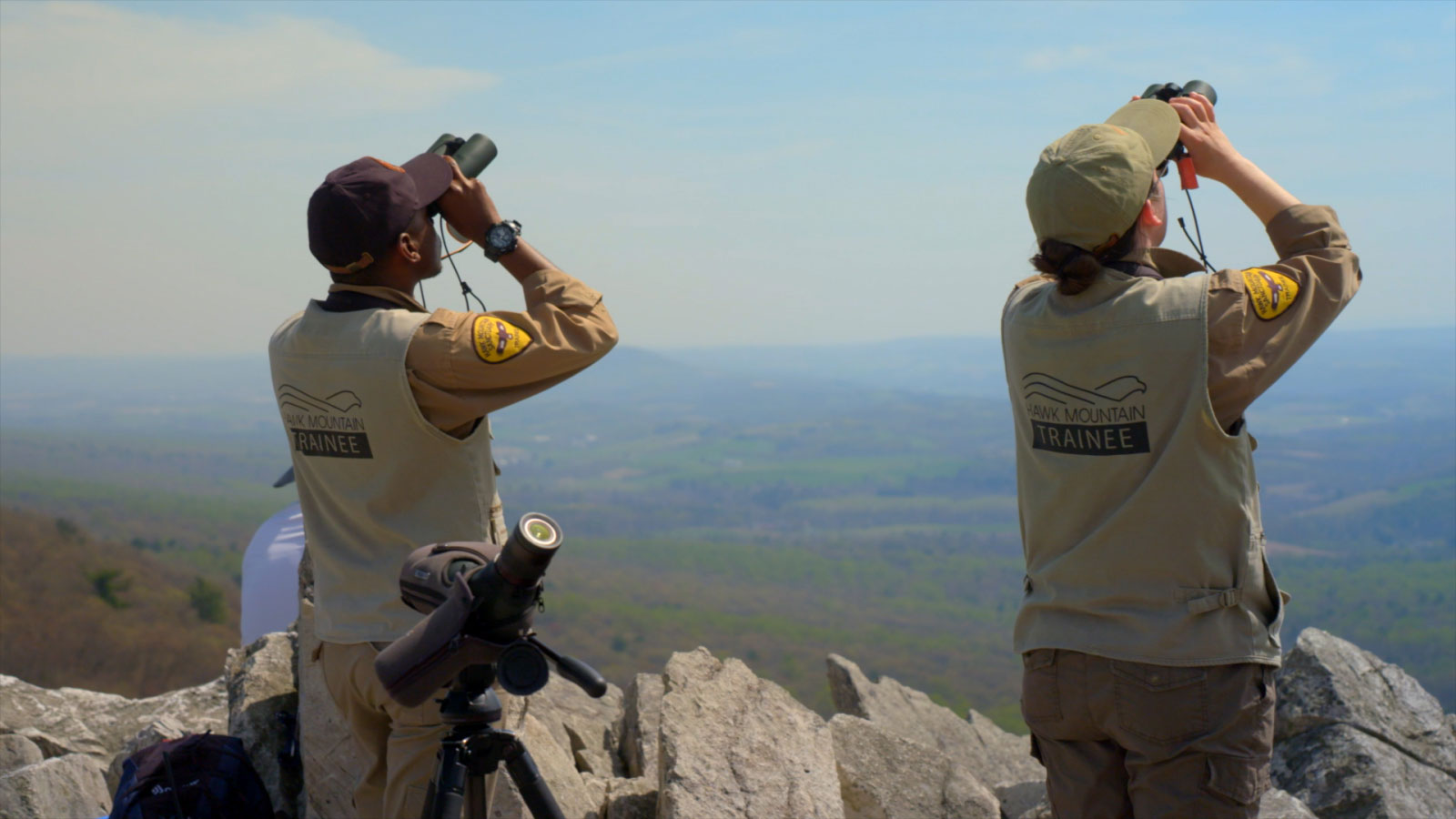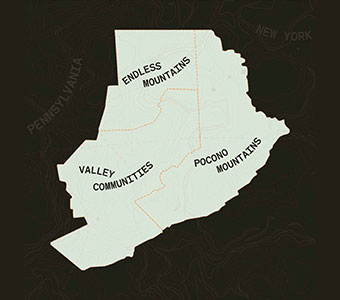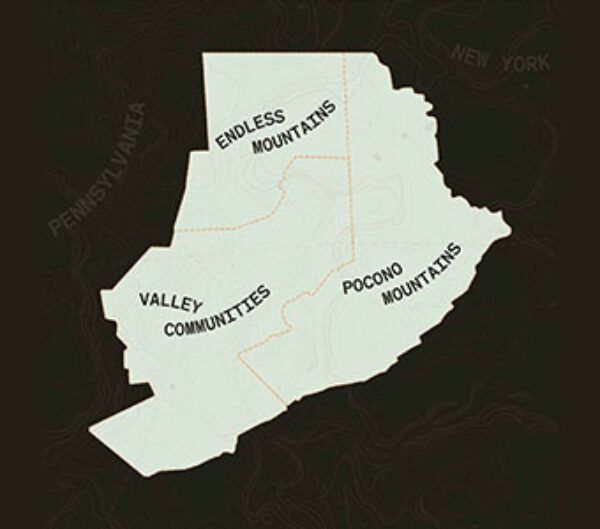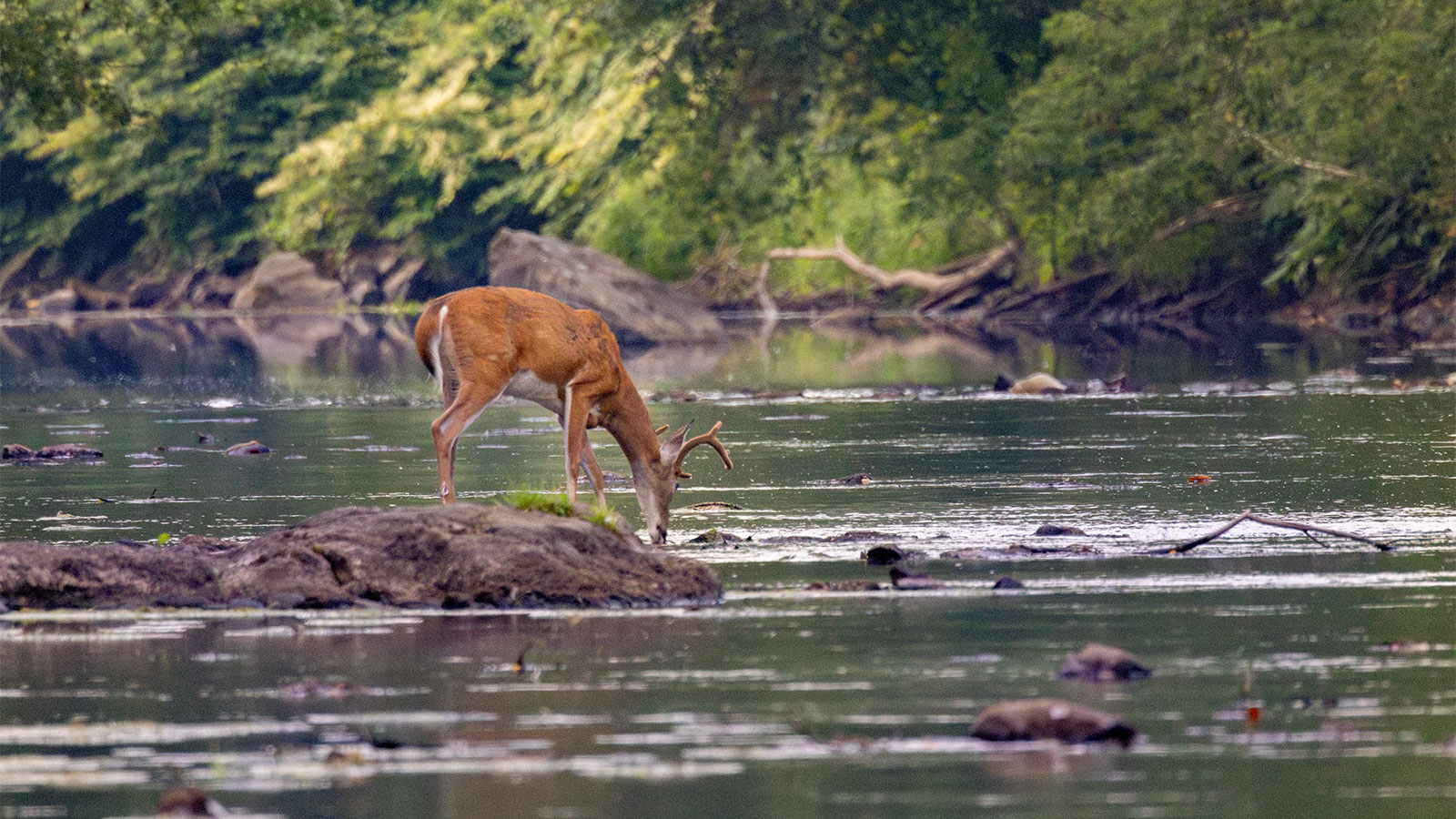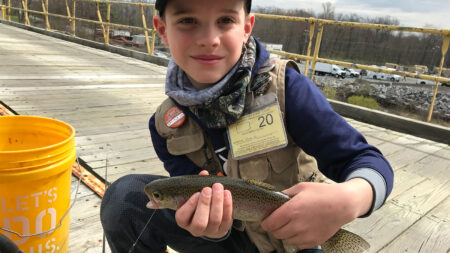Popular Deer Hunting Season Helps to Maintain Natural Balance of Ecosystem in NEPA's Parks and Forests
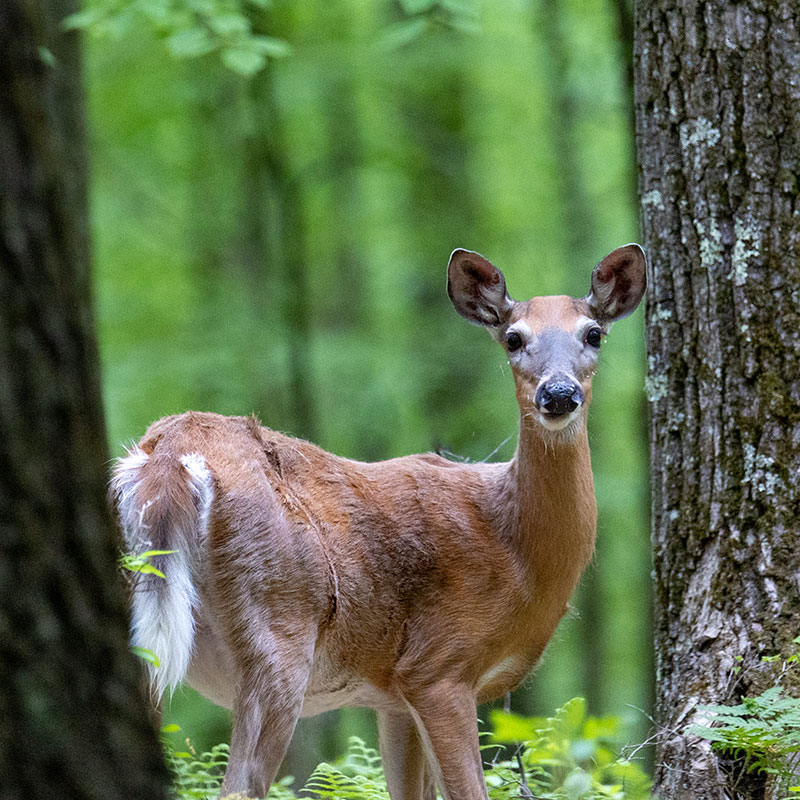
Treasured pastime draws connections between generations and NEPA’s abundant natural spaces.
Anyone who’s grown up in NEPA knows that there’s always been an unofficial holiday that falls annually on the Monday after Thanksgiving. Schools close. Moms and dads take off work. Some are even lucky enough to be granted the day off as a holiday. It came to be known colloquially as “Deer Day.” In Pennsylvania, it was always the first day of Rifle Deer Season. Though, since 2019, the first day has been changed to the Saturday after Thanksgiving, that Monday is often still recognized in many places as traditional “Deer Day.”
All that said, it’s safe to assume that deer hunting in Northeastern Pennsylvania is a pastime. It’s, in many households, a family tradition spanning generations. For some, it’s a lifestyle stretching back to ancient times. Many view it simply as sport, while for others, it’s a matter of survival. Deer hunting in NEPA is many things to so many people.
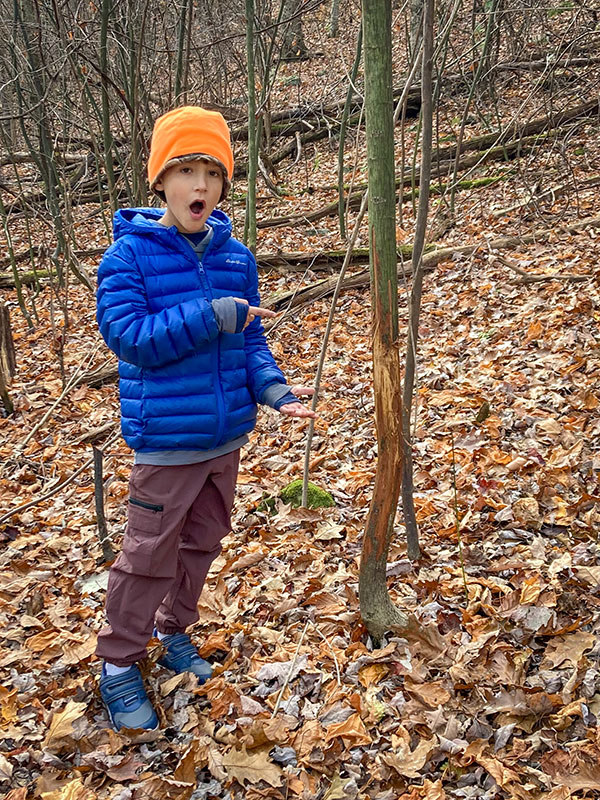
And regardless of each person’s views of hunting or motives for hunting, there has always remained one singularly important, unifying benefit. Whether recognized or not, the complex, and delicate balance of our forested ecosystem is the direct result of the careful, systemic management of Pennsylvania’s white-tailed deer population. It’s an agreement, of sorts, between hunters, foresters, the forests, the animals and the habitats we all share.
Every cool, clean mountain stream, every green meadow bursting with summer flowers, every returning warbler, all of that stunning October foliage – brought to you by hunters.
Maintaining a Delicate Balance
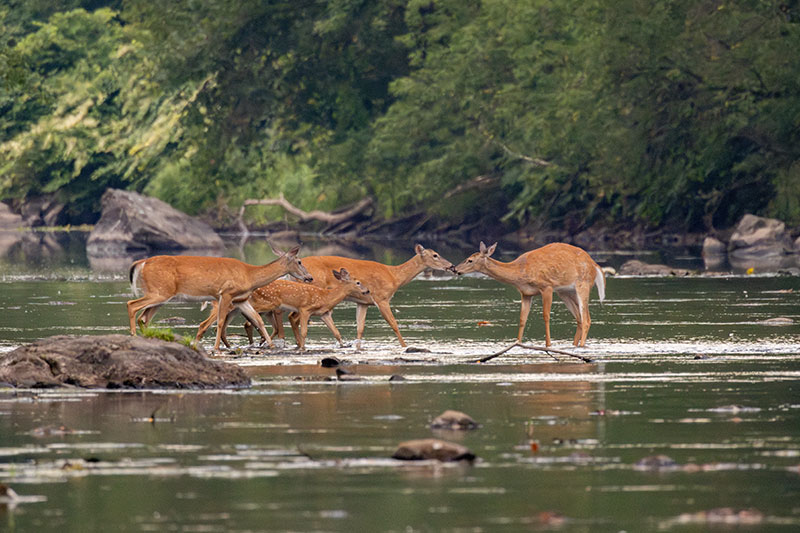
The white-tailed deer is Pennsylvania’s state animal.
The majestic, medium-sized deer species has populated our forests for thousands of years. Currently, the PA Game Commission estimates that Pennsylvania holds over 1.5 million deer. That roughly translates to 30 deer per square mile. Statistics from the 2022/2023 deer seasons in Pennsylvania show that hunters harvested over 420,000 white-tailed deer. In the PAGC Wildlife Management Units that make up NEPA, hunters took a total of 41,500 deer (these WMUs also include Bradford, Sullivan, Montour, Northumberland and Dauphin Counties). And while that is an increase over the previous year, officials maintain the harvest adequately follows the current growth trend in the overall deer population.
By numbers alone, the ever-growing deer population in Pennsylvania poses a major concern for the health of our forests. It also creates a reliance on population controls like hunting. The white-tailed deer is one of America’s more reproductively successful species. Healthy doe can produce up to three offspring in a breeding season. And while positive reproduction rates are typically a good sign of a healthy ecosystem, they can also inadvertently spell disaster regarding our forests and the natural food and habitat resources needed to sustain the pace of reproduction.
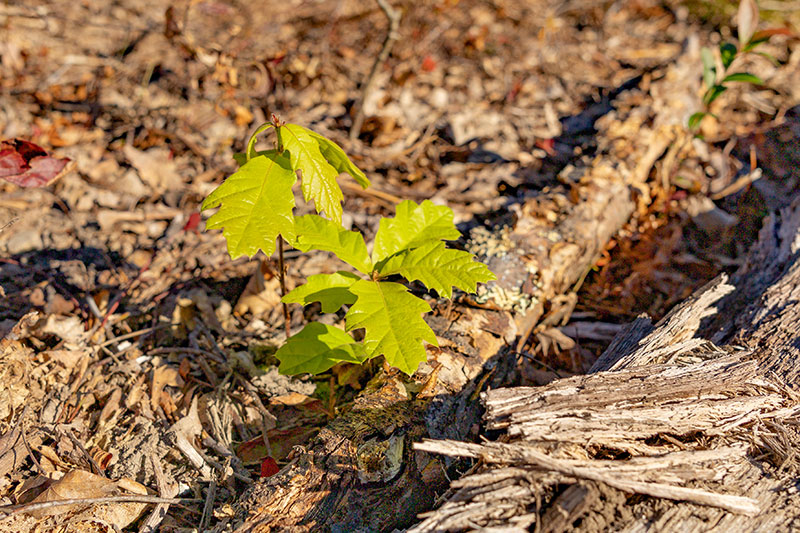
Pennsylvania’s white-tailed deer herd is also one of the most destructive forces within our forests.
Deer are browse feeders. They eat leaves, stems, shoots and fruits of shrubs and newly sprouted trees. While this feeding behavior is normal, under circumstances regarding an overpopulation of deer, the impact on a forest’s re-growth and protective undergrowth is detrimental. Small mammals and some bird populations forced to compete for dwindling food supply and habitat due to over-browsing end up significantly reduced. This, in turn, carries over to their natural predator populations. Natural occurrences like wild fires, storms and insect infestations help with forest regrowth and replenishment by allowing more sun exposure to cleared areas. This natural replenishment cannot take place in areas where deer populations and over-browsing regularly occur.
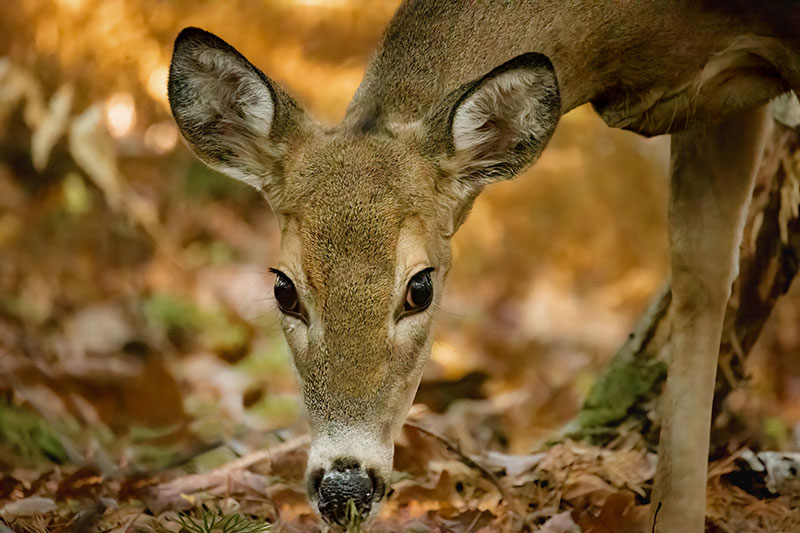
For centuries, our forests have witnessed the decline and, in some cases, the complete obliteration of natural predators to the white-tailed deer. Mostly due to over-harvesting, the black bear, gray wolf, cougar, and large coyote populations have dwindled. The gray wolf and cougar, or mountain lion, are long-believed to have entirely disappeared from the eastern U.S. This, in turn, has naturally led to a year-over-year spike in the white-tailed deer population. And it’s this unrestricted growth that both troubles forest and wildlife management officials and strains our forest ecosystems beyond comfortable margins.
Enter Pennsylvania’s nearly 650,000 annual hunters.
Forest Conservation: The Overall Benefits of Deer Hunting in PA
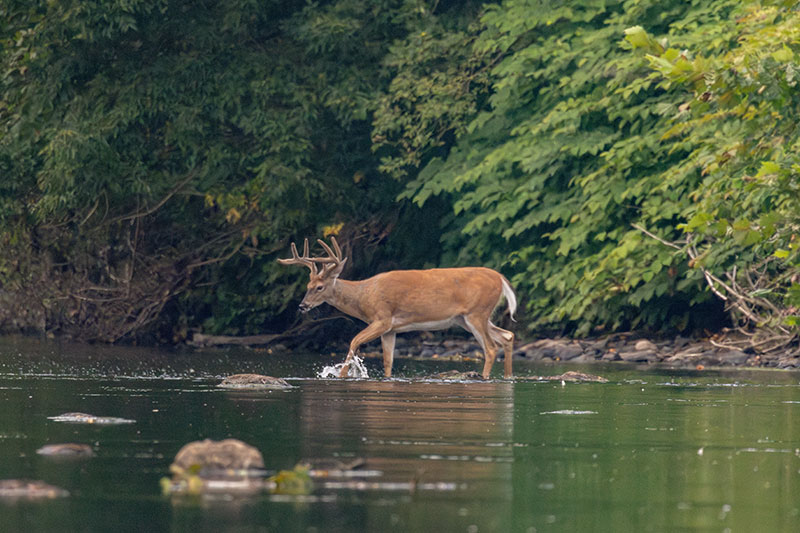
The modern deer hunter, in a sense, has become the white-tailed deer’s most prolific natural predator and the ecosystem’s greatest defender.
By the thousands, an army of hunters taking to Pennsylvania’s state forests and game lands is one of the leading resources in the fight to save our precious forest ecosystem. For wildlife officials, encouraging and maintaining a regular annual deer harvest that balances out the yearly growth of the deer population is essential to promoting the overall health of our shared natural spaces.
Aside from forest health, human controls on the deer population in Pennsylvania also reduce the number of deer-involved vehicle accidents. More deer in the forests, inevitably results in more deer crossing roads. A 2022/2023 report by the largest car insurance provider in the U.S. rated Pennsylvania as one of the leading states in the nation for vehicle-animal collisions. According to the report, the odds of Pennsylvanians being involved in a collision with a large game animal, namely a deer, are “1 in 59.”
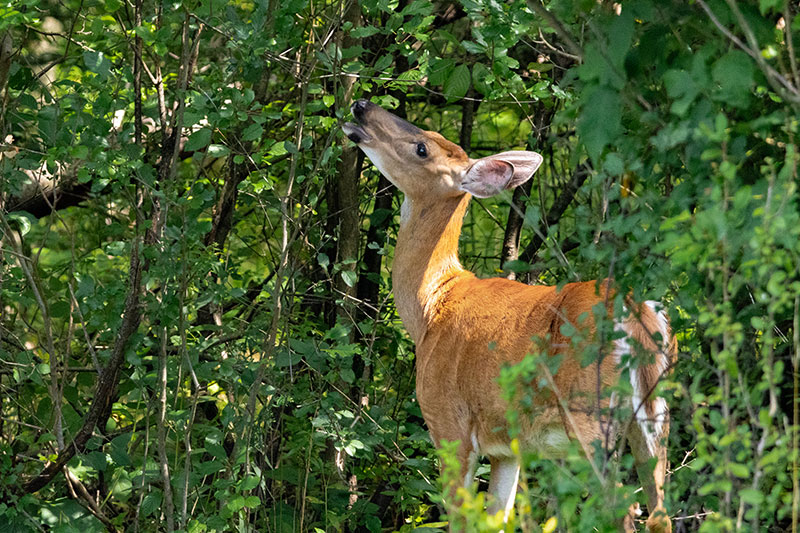
Protecting the deer herd from disease.
Another benefit to the regular annual deer harvest in Pennsylvania is curbing the spread of Chronic Wasting Disease, a fatally contagious neurological pathogen specific to deer. And while maintaining balance between the deer population, habitat and food resources is paramount, a fast-spreading pathogen could result in catastrophic population decline, which would lead to far greater upset in the natural balance of the ecosystem.
Right beside protecting our forest ecosystems, other animal populations, the deer herd itself and humans in general, deer hunting in Pennsylvania also promotes a massively positive economic impact. According to a 2010 economic report by the PA General Assembly, hunters, in general, through licensing fees, taxes, goods and services, contributed nearly $2 billion to the state economy in a single year. The net positive gains generated via hunting alone have a direct impact on employment and livelihoods connected to the general outdoor lifestyle industry throughout the state.

Next time you see the pickups lining the turnpike, or that trophy buck tied to a trailer, or when you enjoy a quiet walk on a forest trail, remember that Monday after Thanksgiving. Whether you hunt or not, celebrate “Deer Day” if for no other reason than you simply love spending time in the wild woods of Pennsylvania. In many respects, it’s the hunters, old and young, who’s love of the outdoors, the sport, the pastime, keep it all healthy and balanced.





